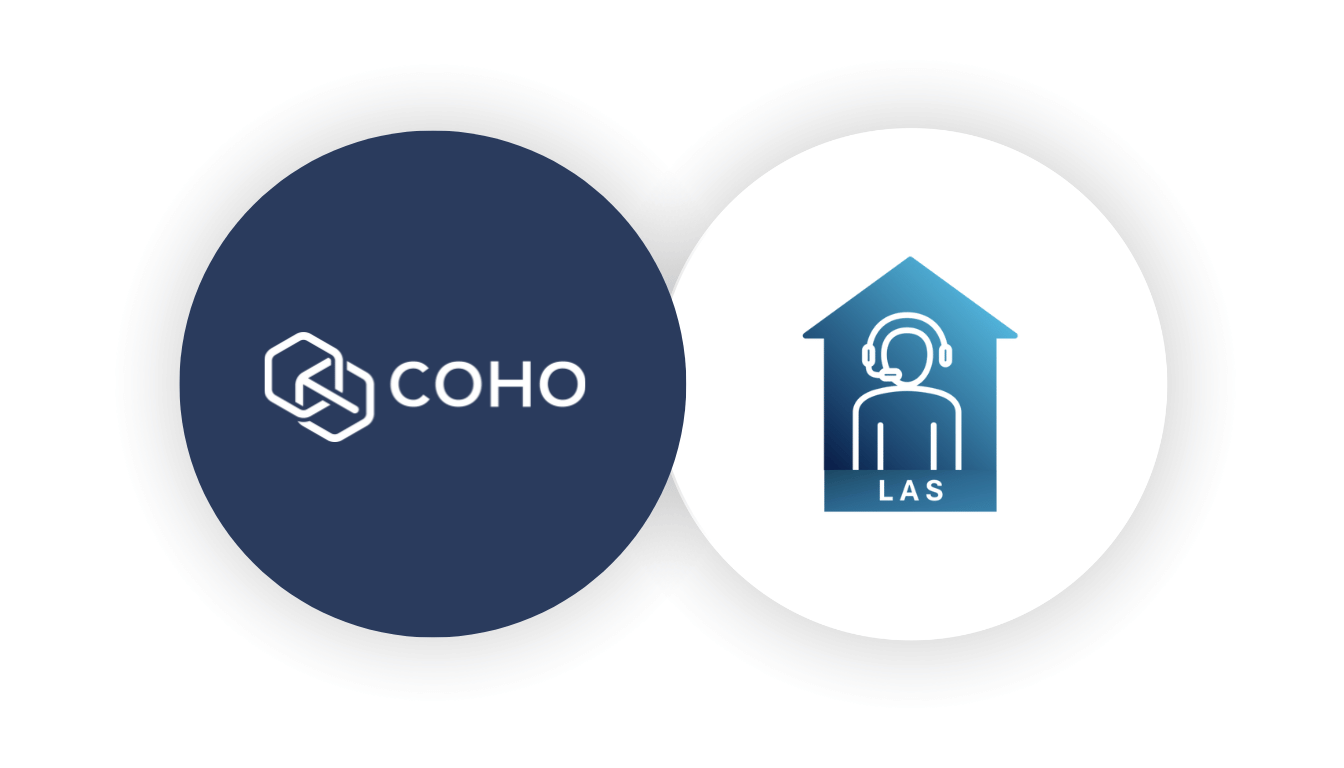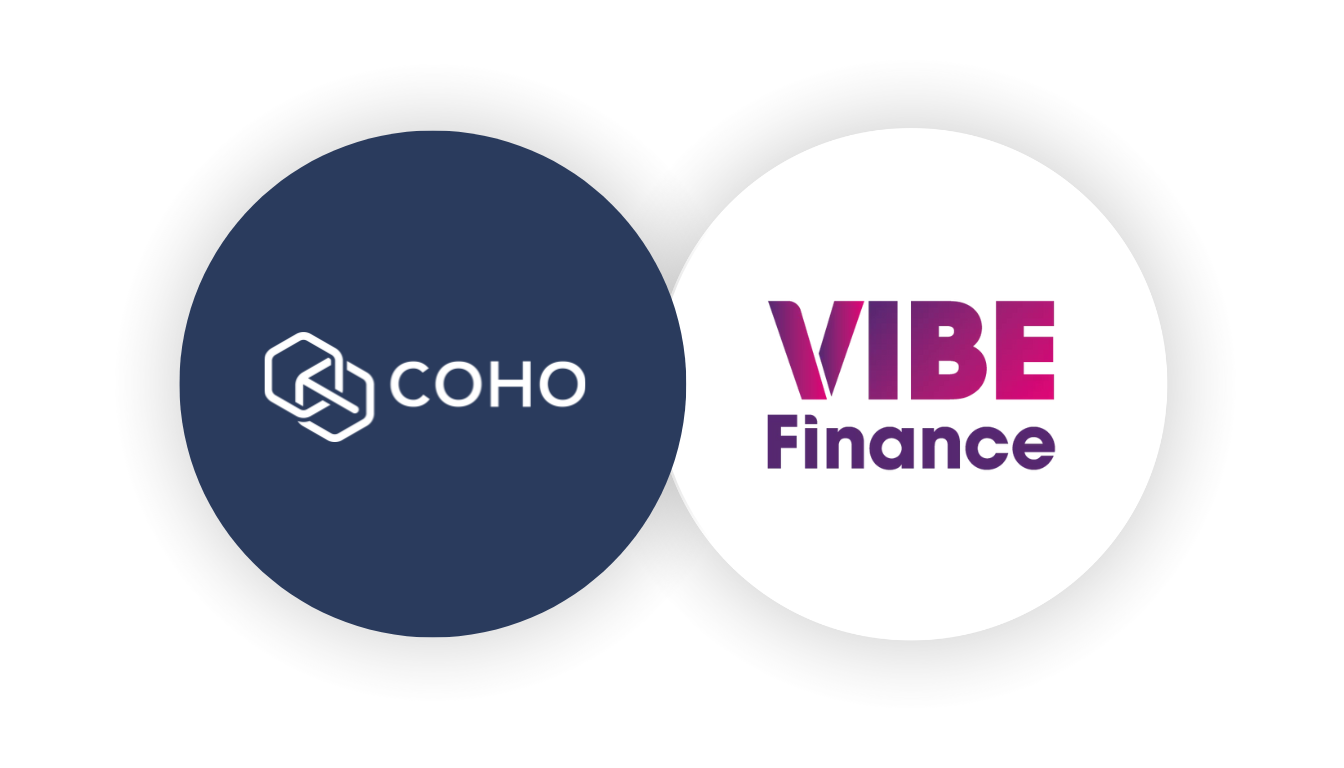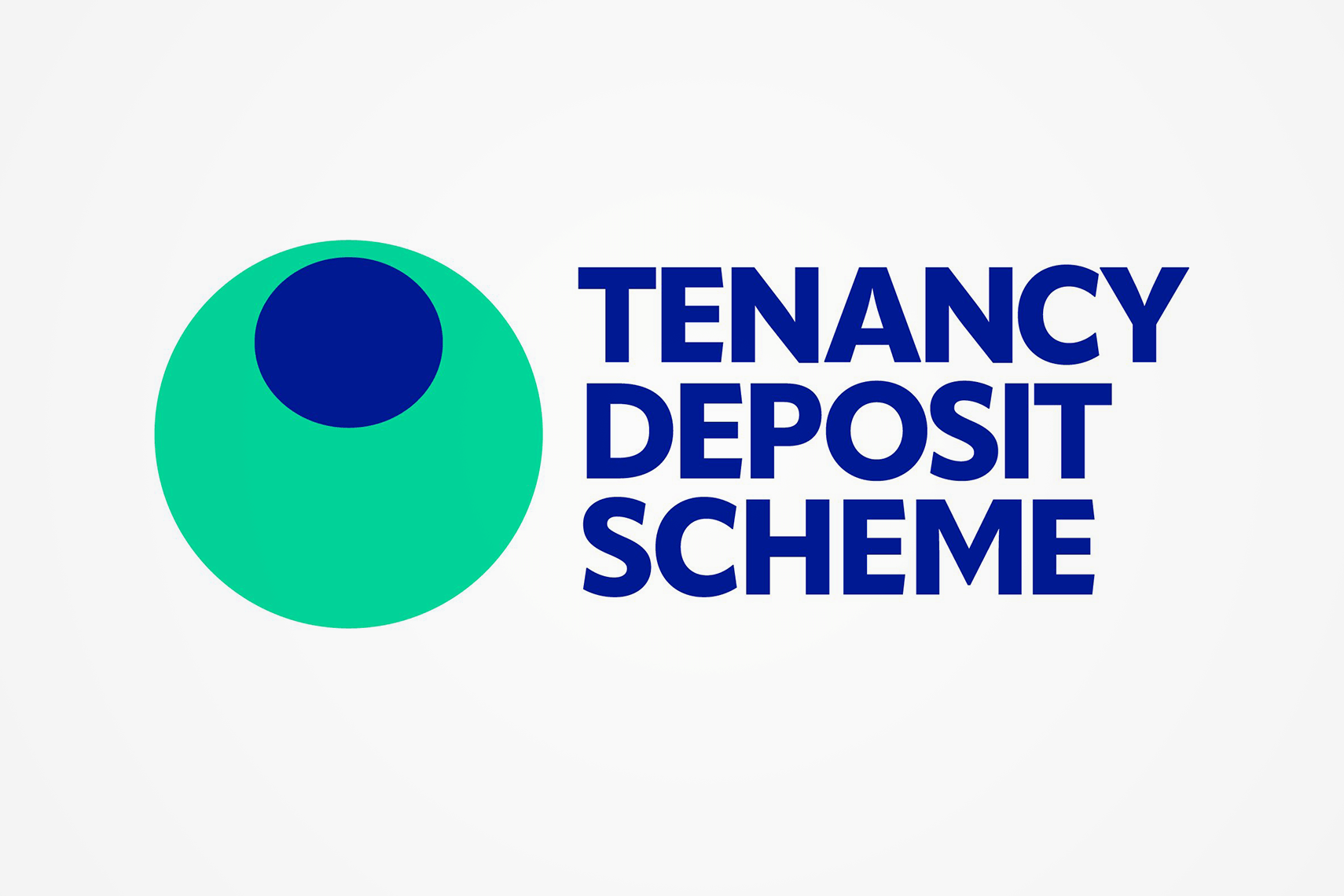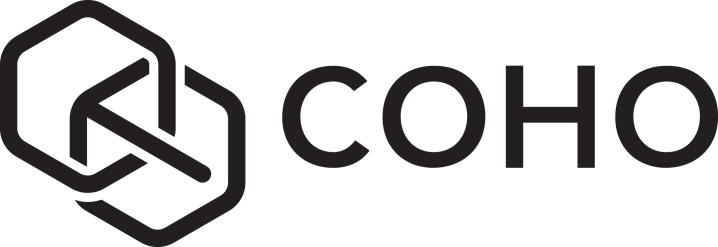If you have a property portfolio, technology is a powerful though often underestimated ally in avoiding fines, waste and lost opportunities. But how does one go about choosing a solution when the scope of the problem can be opaque at best. Here’s how property investors could be benefitting from using the right asset management software.
— Vann Vogstad, co-founder of COHO
Investment in property continues to be an appealing avenue for many, with an estimated one in six UK households holding some form of property investment (1). Research by Paragon Bank earlier this year found that 37% of landlords are considering expanding their portfolios due to long-term rental demand in the UK, which is currently a third higher than the preceding five-year average (2). Their survey, polling landlords with four or more properties, also found that a fifth (21%) of property investors surveyed would be looking to buyer higher-yielding properties like houses in multiple occupation (HMOs). A further 20% said they would seek to buy a home that could be converted into an HMO.
However, as investment grows, risk expands. Which is why many investors are meticulously tracking the financial performance of their properties with spreadsheets and specialised accounting software. And yet there remains a critical gap in how they manage and organise essential non-financial data. Often, vital property documents, from compliance certificates to maintenance records, are buried in old emails or exclusively in possession of third parties such as agencies.
Unfortunately, there is a cost to not having full visibility of all the details of your investment – and it is often as hidden as it is significant. These costs could be direct financial losses, such as overpaying for services provided by your chosen agencies, being fined due to unmet compliance requirements, or overpaying on mortgage rates. They could also be indirect costs, for example losing out on the opportunity to sell your property due to lack of documentation or certification. Either way, these costs escalate exponentially as the volume and time of properties owned increase.
So whether you own 1 or 100 properties, exposure to losses becomes an unavoidable part of the investment game, and therefore so does the necessity for the right tools to mitigate that risk as much as possible. The following areas are particularly well served by technology, ensuring that everything from compliance to legacy planning is sorted.
Providing comprehensive and instant access
Where property investors do not use purpose-built software to administer their portfolio, I usually see one of two scenarios play out: they either have most of the property documentation but not a system that allows easy extraction. Or they have a system but not all the up-to-date documentation. To materially reduce the risk of loss, access to property information should tick two boxes: comprehensive and instant.
Instant Access
The typical approach of keeping property-related documents across various storage mediums – from email inboxes to disorganised digital drives with folders many layers deep – might tick the comprehensive box, but it’s not instant. The challenge this presents is that the process of collating all the information at the point when it is needed, can often take so long that an opportunity or a compliance deadline is missed.
Comprehensive Access
In this instance, investors have a system but not all the content. While some investors create their own systems using spreadsheets or basic cloud storage solutions, it won’t come with the guiding structure or critical prompts that one would typically find in a property management solution. Which means the investor may be unaware of either the types of documentation required for each property, or of the renewal timelines associated with some of the documentation, or both.
In contrast, specialised property asset management software will allow for comprehensive, instant access as these solutions are designed to handle every aspect of property asset management—from tracking rent to storing all compliance documents in one accessible, secure location. The advantage of using such systems is the assurance that no critical piece of information is misplaced, forgotten or missed altogether. And because information is added on an ongoing basis it reduces the overall administrative burden, freeing up more time for investors to focus on growth and investment strategies.
Ensuring continuous compliance
Relying purely on property agents to manage compliance can be a double-edged sword. While there are many competent and trustworthy agents in the industry, there are also those who consciously take shortcuts that can lead to serious financial repercussions for property owners. Or they may simply not be as organised as investors believe them to be.
Either way, the consequences of failing to maintain up-to-date compliance can be severe, because the law considers the property owner as the person ultimately responsible for compliance. Any compliance failings can therefore have immediate and costly legal implications for property investors.
Take the example of an investor who was in the process of selling a property, only to discover that the Energy Performance Certificate (EPC) for the property was outdated by two years. This oversight nearly derailed the sale and could have prevented the investor from serving a Section 21 eviction notice if any tenant issues had arisen.
Systems like COHO mitigate these risks by providing automated reminders and a centralised dashboard where compliance statuses for all properties in the portfolio are clearly displayed and managed. This ensures that all necessary documents are renewed on time and are readily available for review or audit at any moment.
It also helps investors to effectively forecast and plan for upcoming expenses and verify that the actions taken by agents are both necessary and cost-effective. It’s a proactive approach that not only saves money but also reinforces the investor’s command over his portfolio, ensuring all compliance matters are handled accurately and on time.
Saving on unnecessary or hidden fees
I often hear about instances where investors are over charged by their property management agencies. But a recent conversation once again highlighted the risk of over reliance on an external vendor’s processes and/or integrity. This investor’s properties were managed by an agency who also took care of all his compliance documentation, including the Electrical Installation Condition Reports (EICR). Unbeknownst to him, the agent was scheduling—and charging for—these inspections annually, despite it only being necessary every five years.
This excessive diligence cost the investor over £15,000 in additional fees over several years. An overspend that only came to light because he had begun the process of consolidating the paperwork for all his properties in COHO’s asset management software.
Unlocking remortgaging opportunities
The ability to quickly access all property-related documents becomes especially critical during financial transactions like remortgaging or the selling of a property. Estate agents and brokers often face delays when property investors do not have the required documents at hand, which can extend to weeks if they have to request and wait for these documents from managing agents – all of which could put the opportunity at risk.
A centralised property management system ensures that every document, from lease agreements to compliance certificates, is just a few clicks away, significantly speeding up transaction times whilst reducing stress and frustration.
Beyond just storing information, modern property asset management systems can actively help investors to make better financial decisions.
By tracking mortgages and insurance within the same system, investors can receive alerts when better rates are available or when insurance policies need renewal. It’s a proactive approach that helps investors to optimise their portfolio’s profitability.
Supporting legacy planning
It’s not uncommon for investors of larger portfolios to allocate portions of their portfolio to different agencies across the country. But without a centralised, visible hub where all information about the properties are stored including which agents are managing which assets, management continuity issues could arise in the future.
One investor noted that if something were to happen to him, his spouse – who was not involved in the day-to-day management of the properties – would be at a complete loss trying to locate all the necessary information. As a result, legacy planning was one of the primary reasons for his decision to use COHO’s asset management software, allowing his family to easily oversee and manage the estate in his absence.
Timing is everything
The recently proposed Renters Reform Bill is a clear indicator that compliance regulations and political pressure will continue to escalate. As it does, the risks associated with disorganised management are no longer mild inconveniences but can lead to significant financial losses and operational constraints.
And whilst there is little that investors can do about these external pressures and the risk it brings, they can mitigate the impact by adjusting their workflow for greater visibility of their liabilities and costs.
Which is where asset management software truly comes into its own. Whether it’s ensuring that compliance renewals are never late, having all pertinent documents available at the click of a button during a remortgage application, or leaving a well-organised legacy for their family, the right asset management system can make all the difference in the profitability of a property portfolio*.
* Although I’ve been told that not having to worry about everything that could be going wrong due to lack of visibility, is on par with the benefit of being more profitable.
If you have a property portfolio, technology is a powerful though often underestimated ally in avoiding fines, waste and lost opportunities. But how does one go about choosing a solution when the scope of the problem can be opaque at best. Here’s how property investors could be benefitting from using the right asset management software.
— Vann Vogstad, co-founder of COHO
Investment in property continues to be an appealing avenue for many, with an estimated one in six UK households holding some form of property investment (1). Research by Paragon Bank earlier this year found that 37% of landlords are considering expanding their portfolios due to long-term rental demand in the UK, which is currently a third higher than the preceding five-year average (2). Their survey, polling landlords with four or more properties, also found that a fifth (21%) of property investors surveyed would be looking to buyer higher-yielding properties like houses in multiple occupation (HMOs). A further 20% said they would seek to buy a home that could be converted into an HMO.
However, as investment grows, risk expands. Which is why many investors are meticulously tracking the financial performance of their properties with spreadsheets and specialised accounting software. And yet there remains a critical gap in how they manage and organise essential non-financial data. Often, vital property documents, from compliance certificates to maintenance records, are buried in old emails or exclusively in possession of third parties such as agencies.
Unfortunately, there is a cost to not having full visibility of all the details of your investment – and it is often as hidden as it is significant. These costs could be direct financial losses, such as overpaying for services provided by your chosen agencies, being fined due to unmet compliance requirements, or overpaying on mortgage rates. They could also be indirect costs, for example losing out on the opportunity to sell your property due to lack of documentation or certification. Either way, these costs escalate exponentially as the volume and time of properties owned increase.
So whether you own 1 or 100 properties, exposure to losses becomes an unavoidable part of the investment game, and therefore so does the necessity for the right tools to mitigate that risk as much as possible. The following areas are particularly well served by technology, ensuring that everything from compliance to legacy planning is sorted.
Providing comprehensive and instant access
Where property investors do not use purpose-built software to administer their portfolio, I usually see one of two scenarios play out: they either have most of the property documentation but not a system that allows easy extraction. Or they have a system but not all the up-to-date documentation. To materially reduce the risk of loss, access to property information should tick two boxes: comprehensive and instant.
Instant Access
The typical approach of keeping property-related documents across various storage mediums – from email inboxes to disorganised digital drives with folders many layers deep – might tick the comprehensive box, but it’s not instant. The challenge this presents is that the process of collating all the information at the point when it is needed, can often take so long that an opportunity or a compliance deadline is missed.
Comprehensive Access
In this instance, investors have a system but not all the content. While some investors create their own systems using spreadsheets or basic cloud storage solutions, it won’t come with the guiding structure or critical prompts that one would typically find in a property management solution. Which means the investor may be unaware of either the types of documentation required for each property, or of the renewal timelines associated with some of the documentation, or both.
In contrast, specialised property asset management software will allow for comprehensive, instant access as these solutions are designed to handle every aspect of property asset management—from tracking rent to storing all compliance documents in one accessible, secure location. The advantage of using such systems is the assurance that no critical piece of information is misplaced, forgotten or missed altogether. And because information is added on an ongoing basis it reduces the overall administrative burden, freeing up more time for investors to focus on growth and investment strategies.
Ensuring continuous compliance
Relying purely on property agents to manage compliance can be a double-edged sword. While there are many competent and trustworthy agents in the industry, there are also those who consciously take shortcuts that can lead to serious financial repercussions for property owners. Or they may simply not be as organised as investors believe them to be.
Either way, the consequences of failing to maintain up-to-date compliance can be severe, because the law considers the property owner as the person ultimately responsible for compliance. Any compliance failings can therefore have immediate and costly legal implications for property investors.
Take the example of an investor who was in the process of selling a property, only to discover that the Energy Performance Certificate (EPC) for the property was outdated by two years. This oversight nearly derailed the sale and could have prevented the investor from serving a Section 21 eviction notice if any tenant issues had arisen.
Systems like COHO mitigate these risks by providing automated reminders and a centralised dashboard where compliance statuses for all properties in the portfolio are clearly displayed and managed. This ensures that all necessary documents are renewed on time and are readily available for review or audit at any moment.
It also helps investors to effectively forecast and plan for upcoming expenses and verify that the actions taken by agents are both necessary and cost-effective. It’s a proactive approach that not only saves money but also reinforces the investor’s command over his portfolio, ensuring all compliance matters are handled accurately and on time.
Saving on unnecessary or hidden fees
I often hear about instances where investors are over charged by their property management agencies. But a recent conversation once again highlighted the risk of over reliance on an external vendor’s processes and/or integrity. This investor’s properties were managed by an agency who also took care of all his compliance documentation, including the Electrical Installation Condition Reports (EICR). Unbeknownst to him, the agent was scheduling—and charging for—these inspections annually, despite it only being necessary every five years.
This excessive diligence cost the investor over £15,000 in additional fees over several years. An overspend that only came to light because he had begun the process of consolidating the paperwork for all his properties in COHO’s asset management software.
Unlocking remortgaging opportunities
The ability to quickly access all property-related documents becomes especially critical during financial transactions like remortgaging or the selling of a property. Estate agents and brokers often face delays when property investors do not have the required documents at hand, which can extend to weeks if they have to request and wait for these documents from managing agents – all of which could put the opportunity at risk.
A centralised property management system ensures that every document, from lease agreements to compliance certificates, is just a few clicks away, significantly speeding up transaction times whilst reducing stress and frustration.
Beyond just storing information, modern property asset management systems can actively help investors to make better financial decisions.
By tracking mortgages and insurance within the same system, investors can receive alerts when better rates are available or when insurance policies need renewal. It’s a proactive approach that helps investors to optimise their portfolio’s profitability.
Supporting legacy planning
It’s not uncommon for investors of larger portfolios to allocate portions of their portfolio to different agencies across the country. But without a centralised, visible hub where all information about the properties are stored including which agents are managing which assets, management continuity issues could arise in the future.
One investor noted that if something were to happen to him, his spouse – who was not involved in the day-to-day management of the properties – would be at a complete loss trying to locate all the necessary information. As a result, legacy planning was one of the primary reasons for his decision to use COHO’s asset management software, allowing his family to easily oversee and manage the estate in his absence.
Timing is everything
The recently proposed Renters Reform Bill is a clear indicator that compliance regulations and political pressure will continue to escalate. As it does, the risks associated with disorganised management are no longer mild inconveniences but can lead to significant financial losses and operational constraints.
And whilst there is little that investors can do about these external pressures and the risk it brings, they can mitigate the impact by adjusting their workflow for greater visibility of their liabilities and costs.
Which is where asset management software truly comes into its own. Whether it’s ensuring that compliance renewals are never late, having all pertinent documents available at the click of a button during a remortgage application, or leaving a well-organised legacy for their family, the right asset management system can make all the difference in the profitability of a property portfolio*.
* Although I’ve been told that not having to worry about everything that could be going wrong due to lack of visibility, is on par with the benefit of being more profitable.








